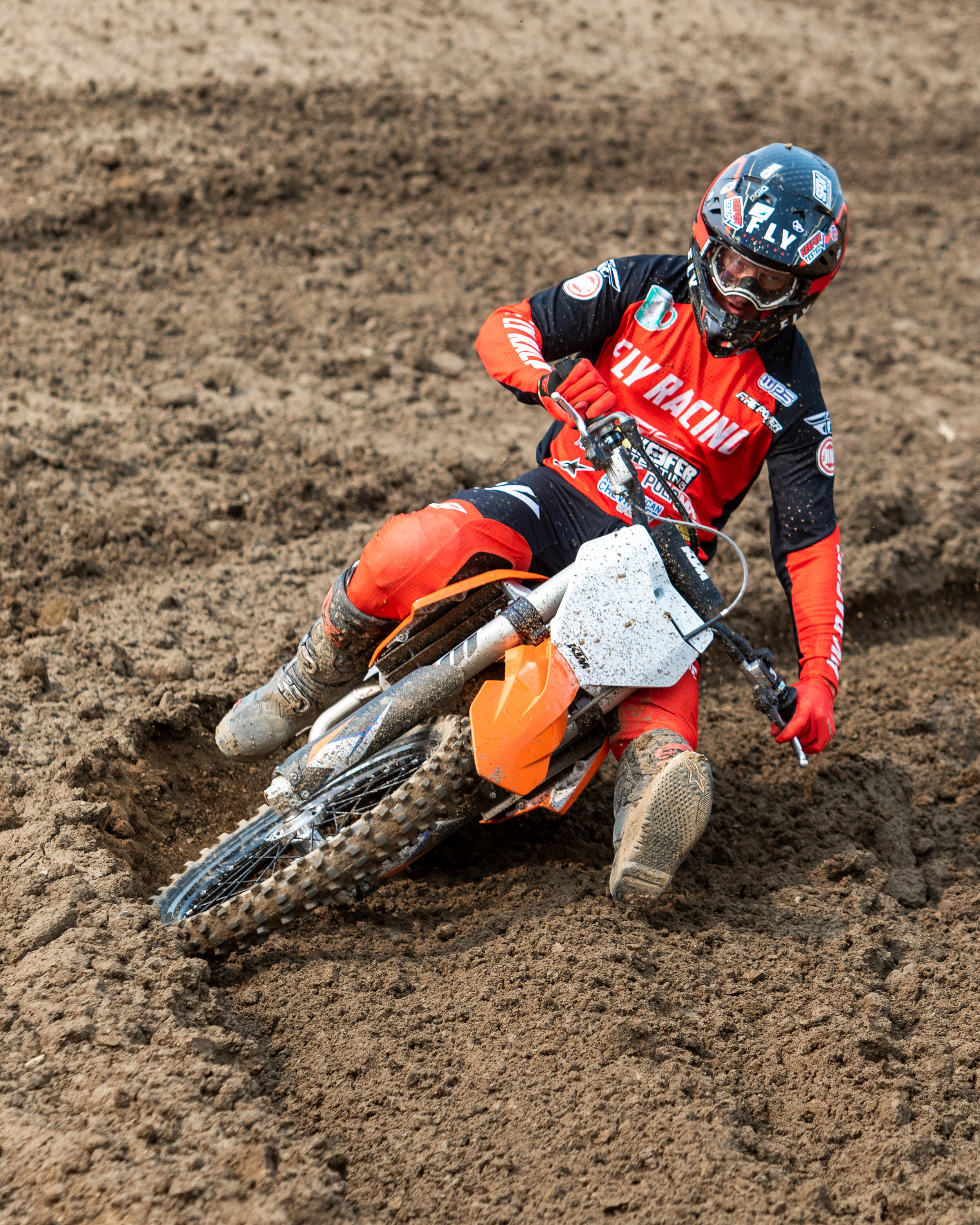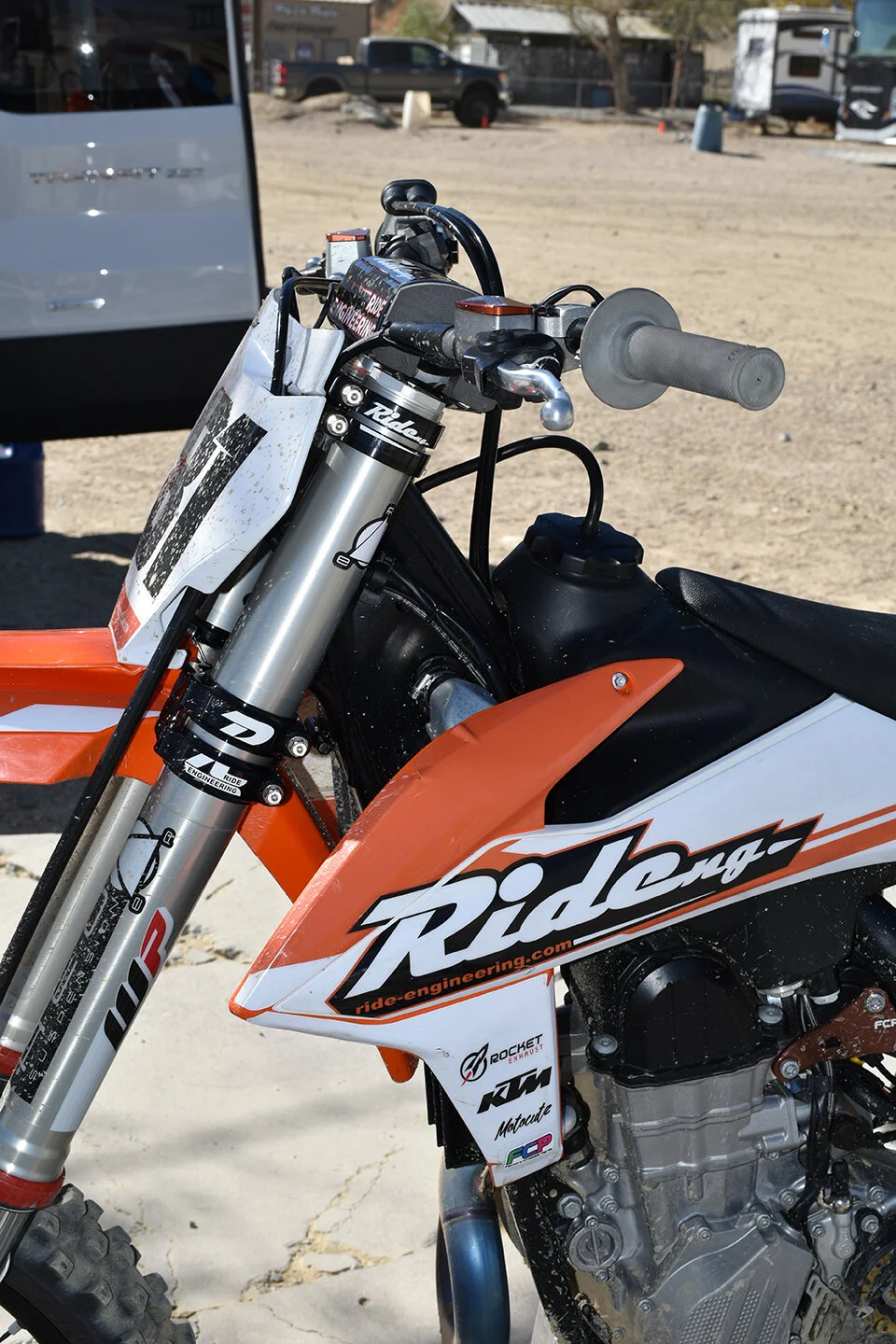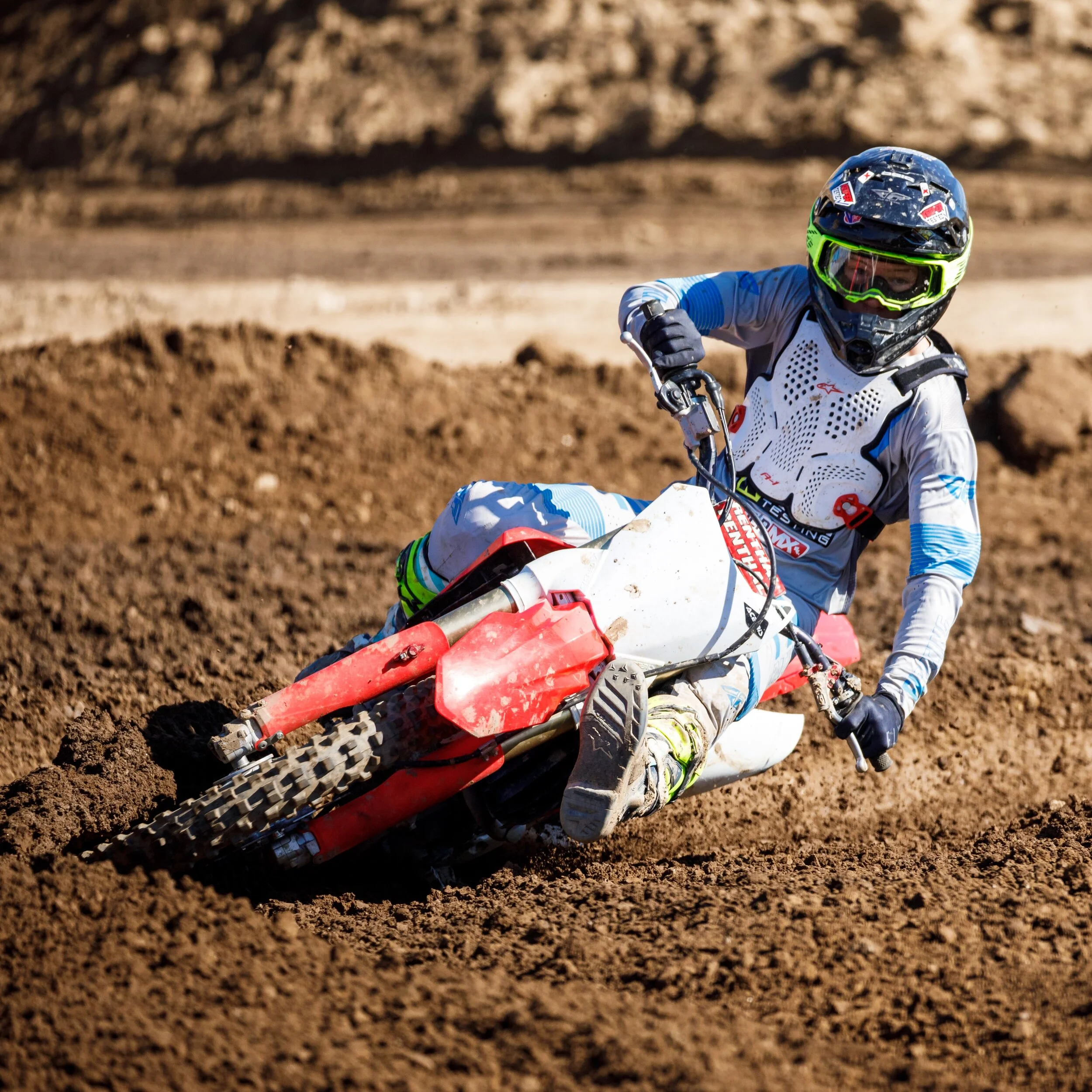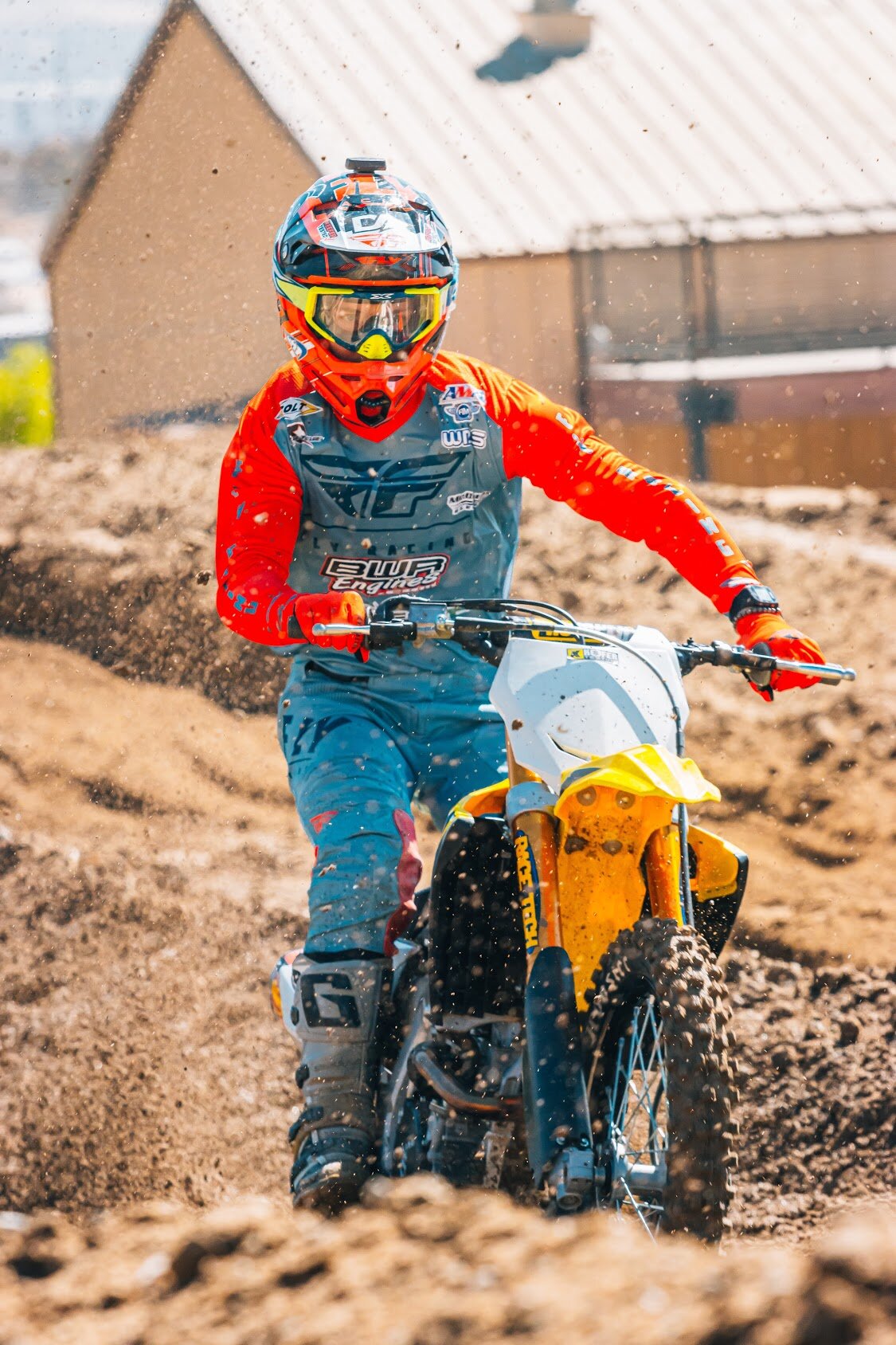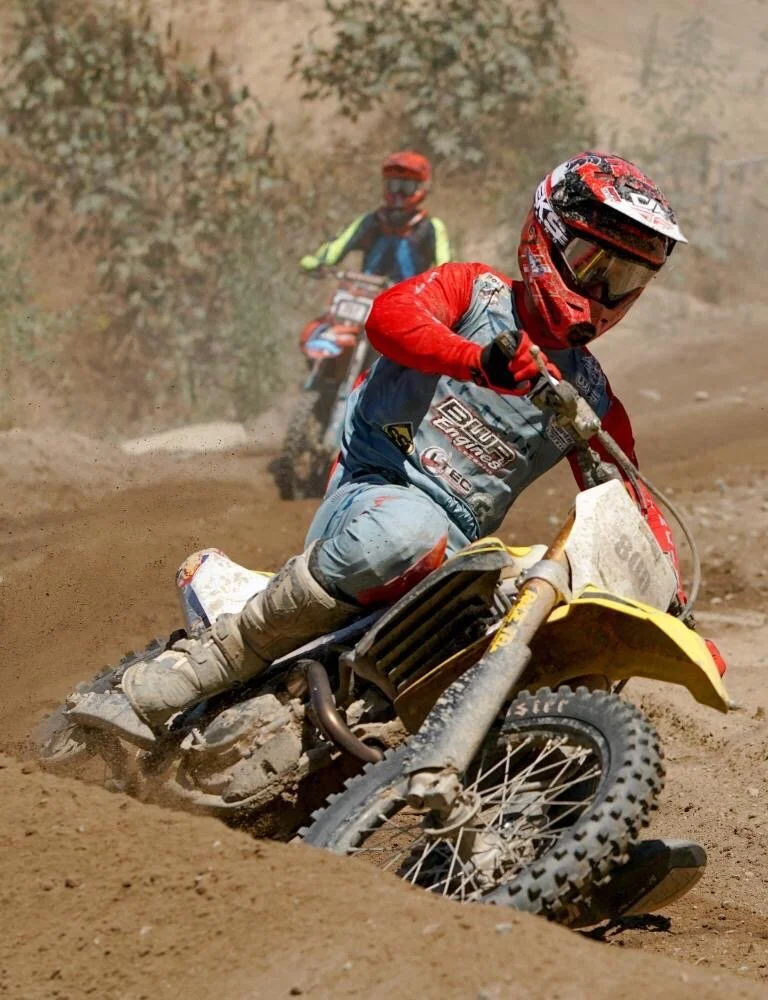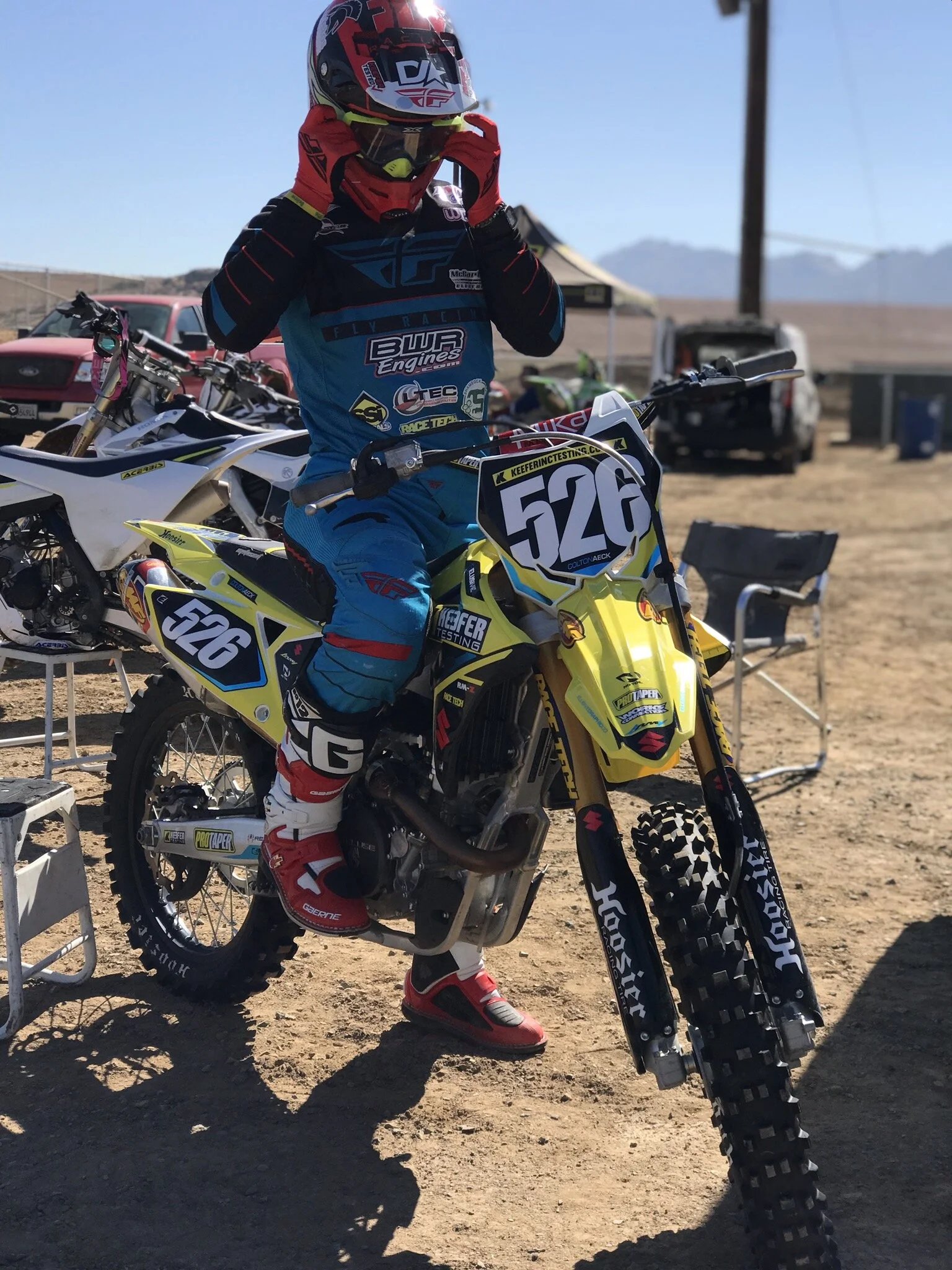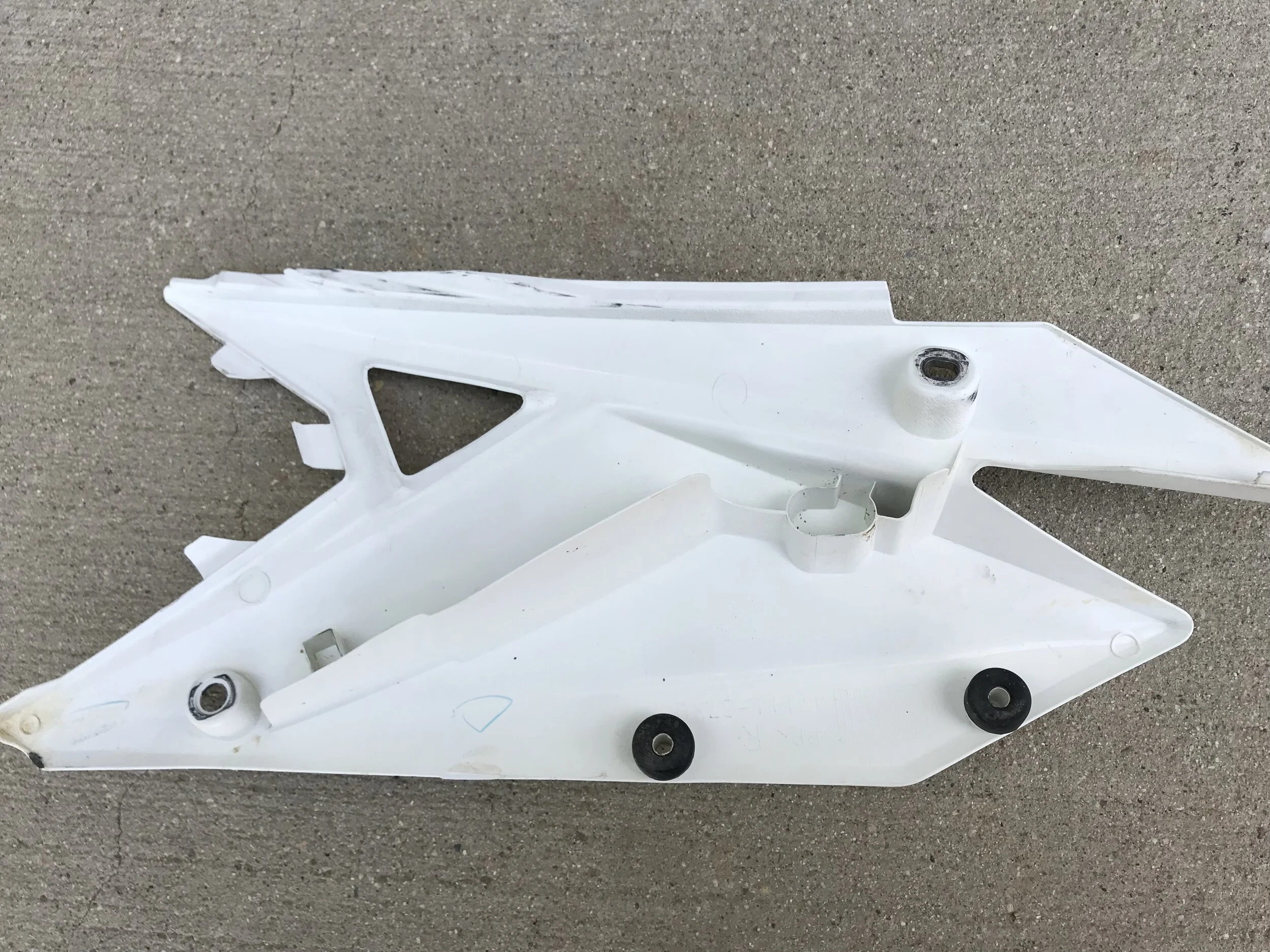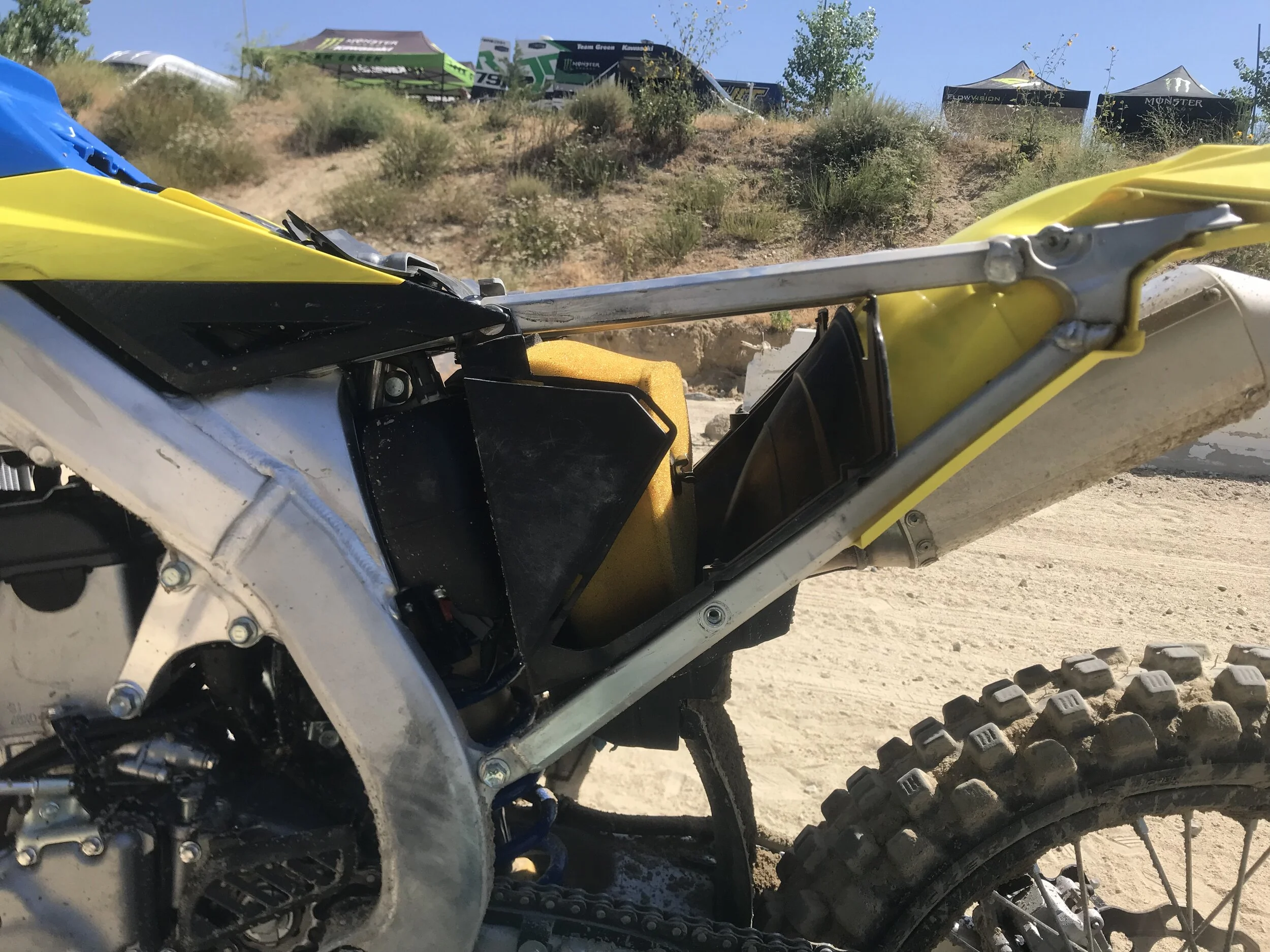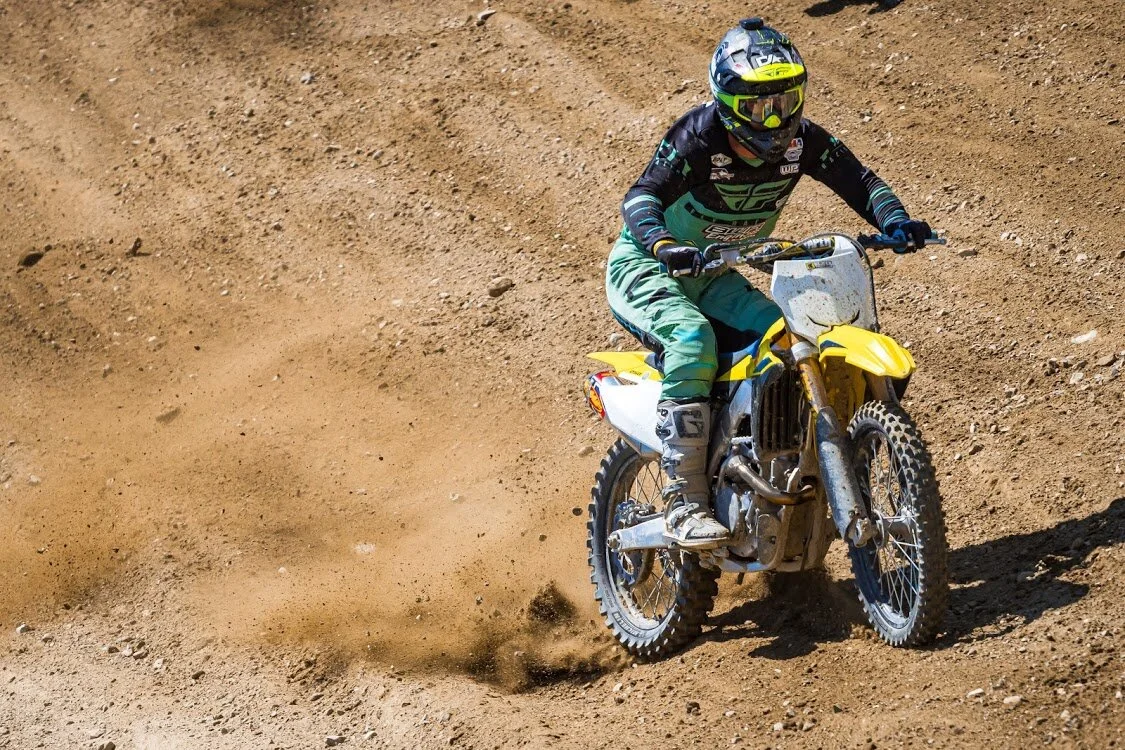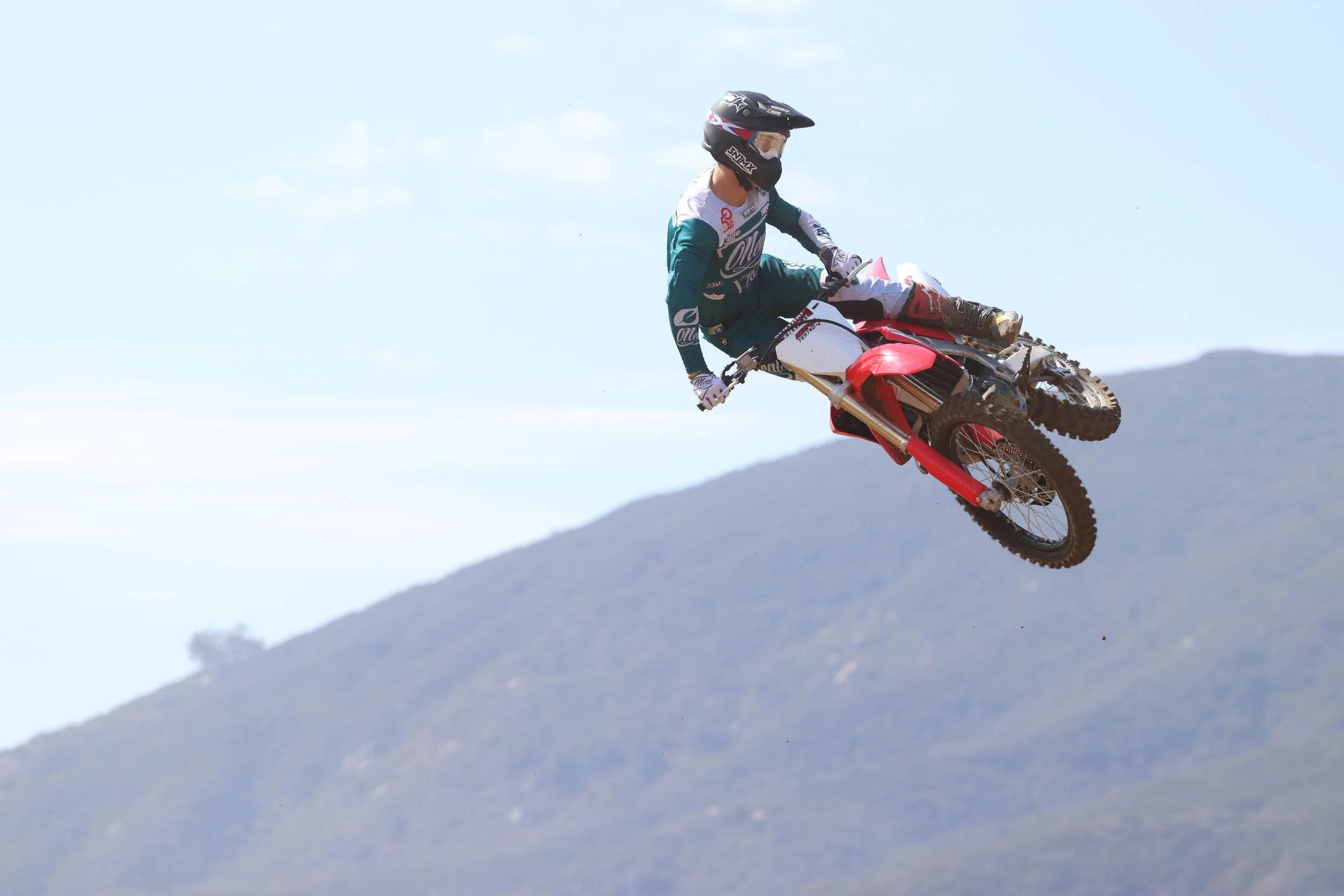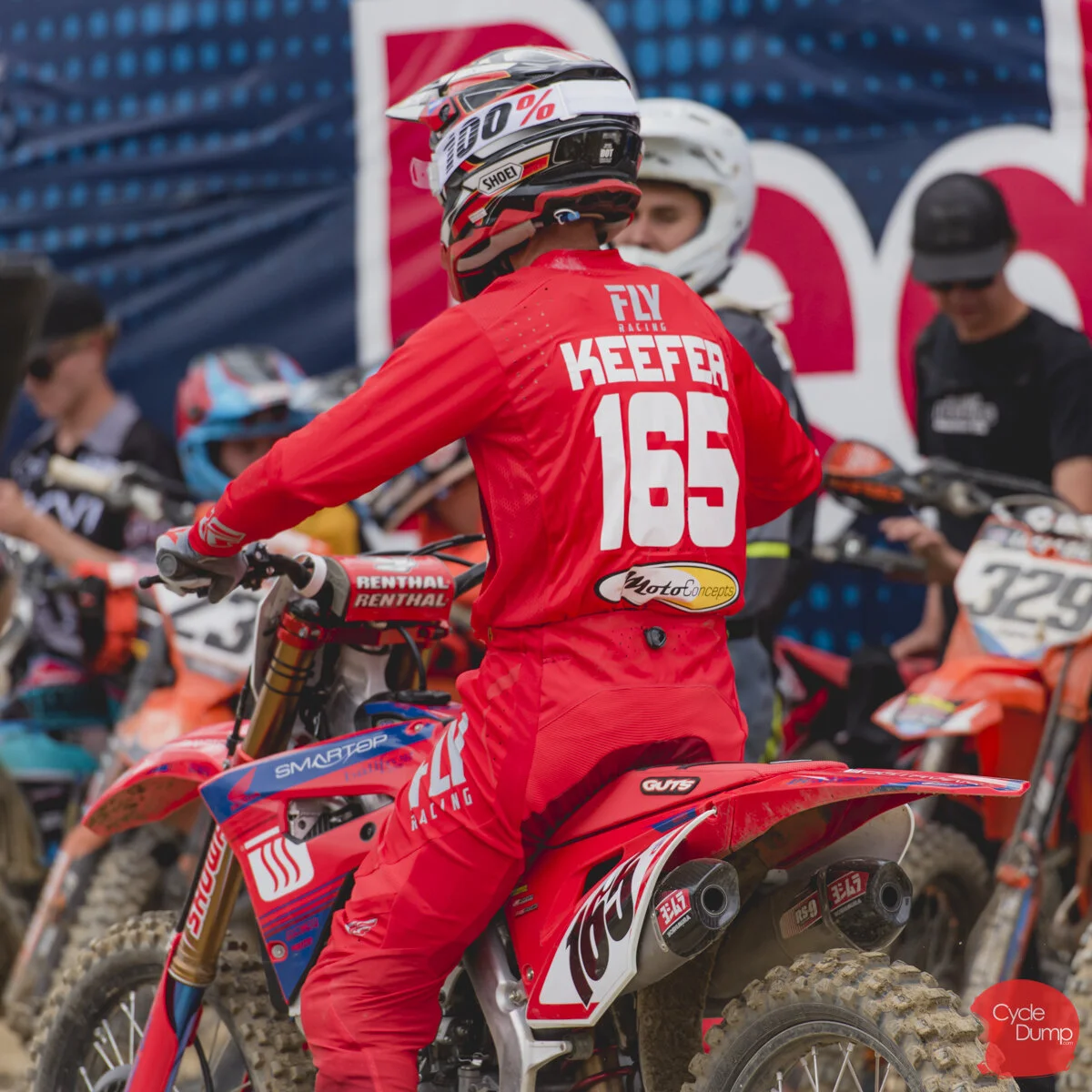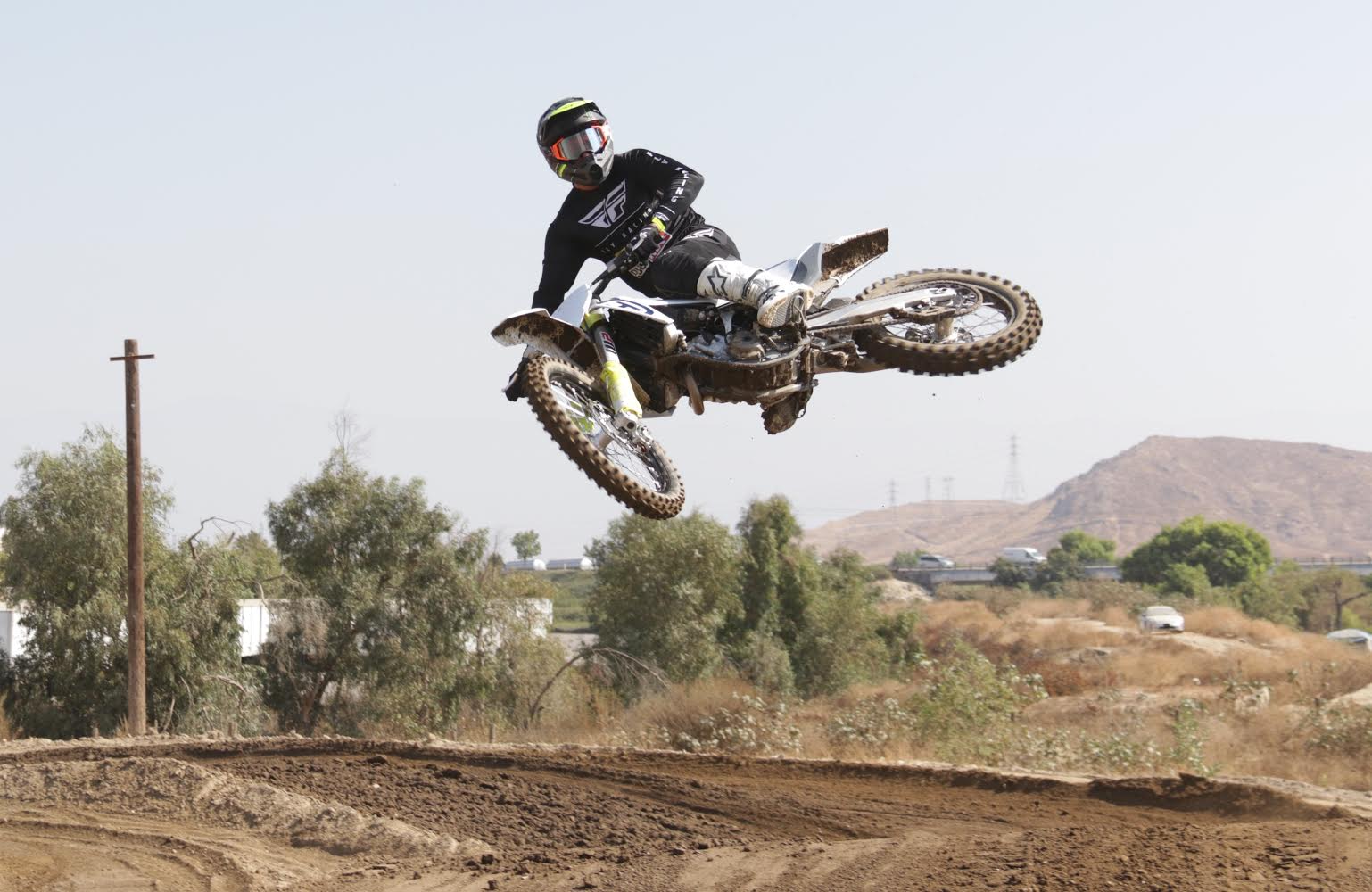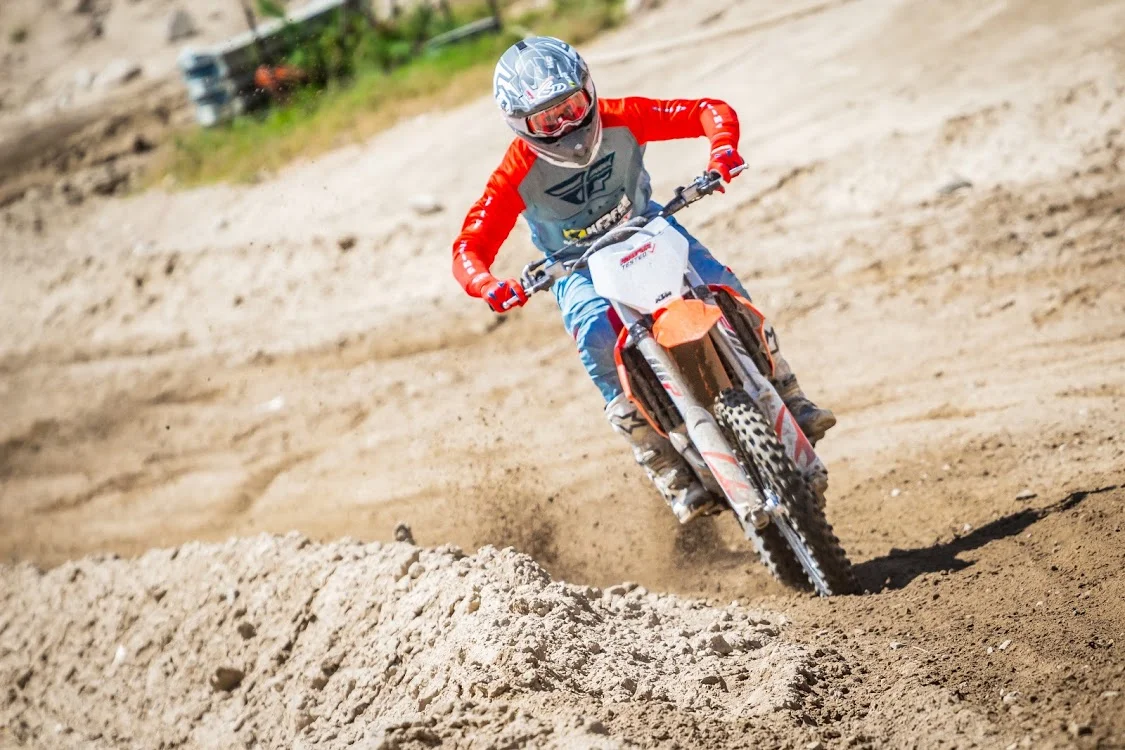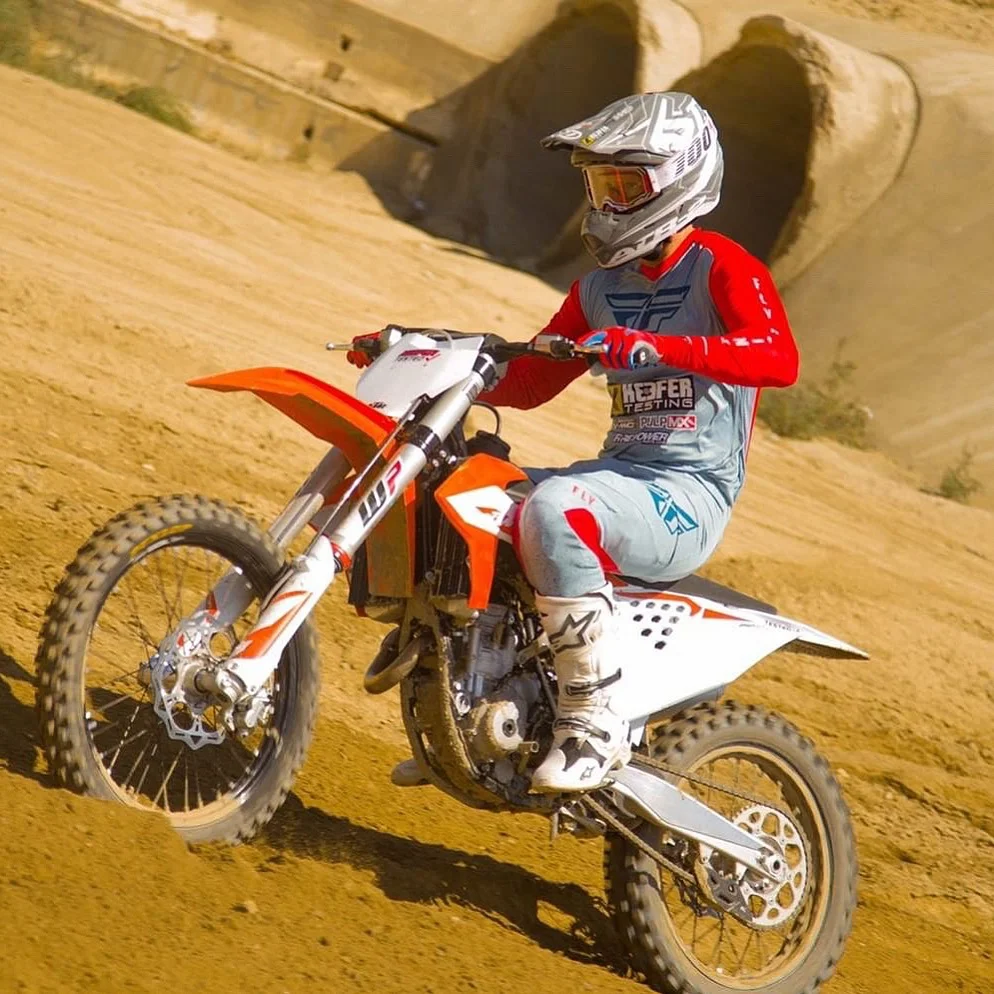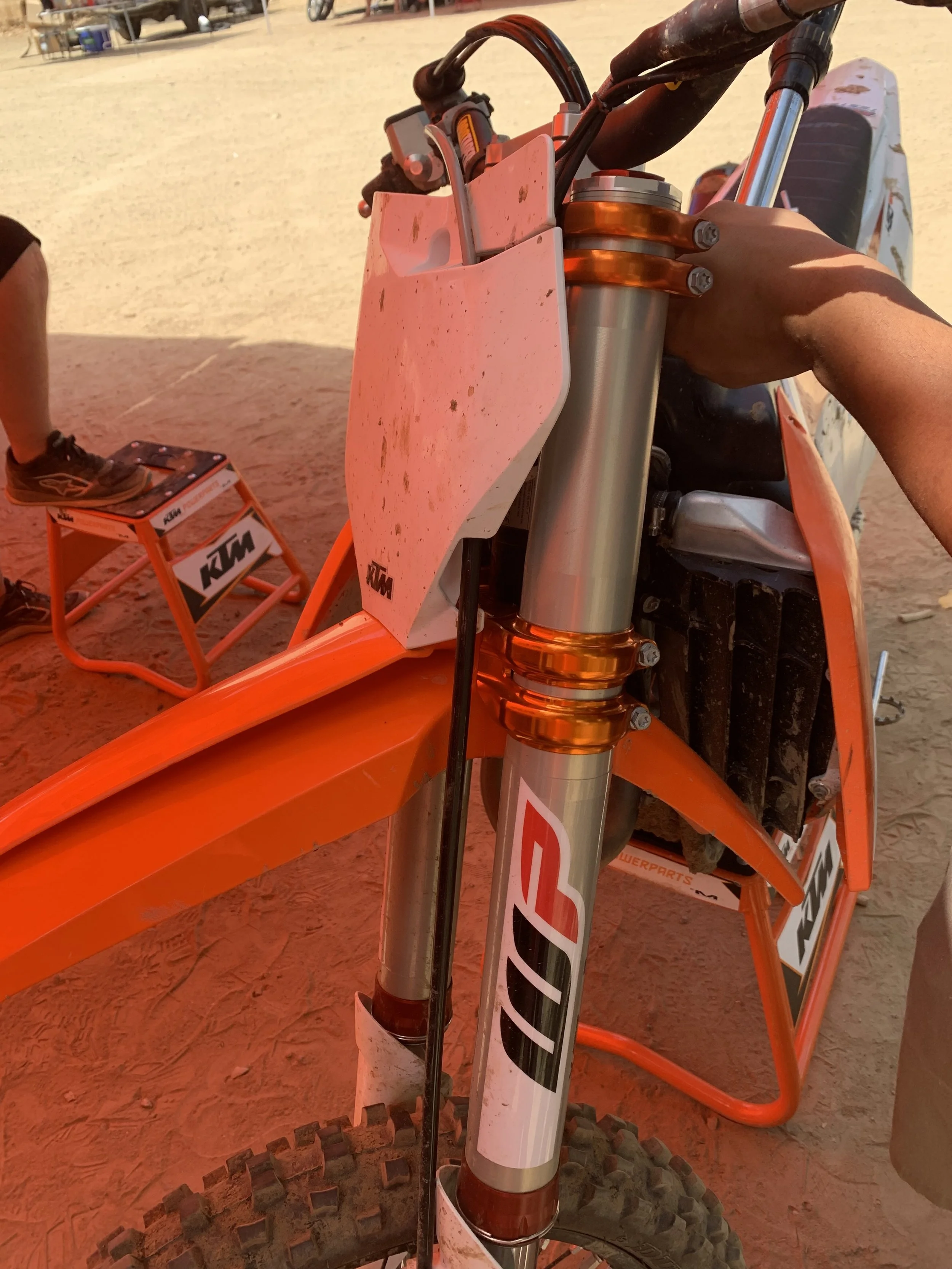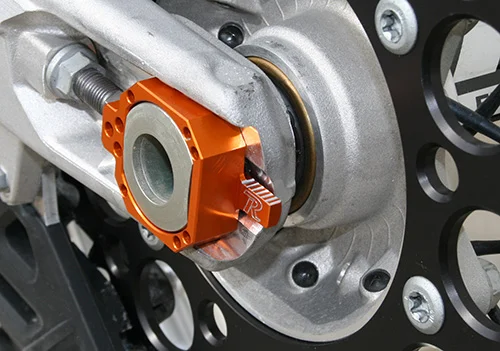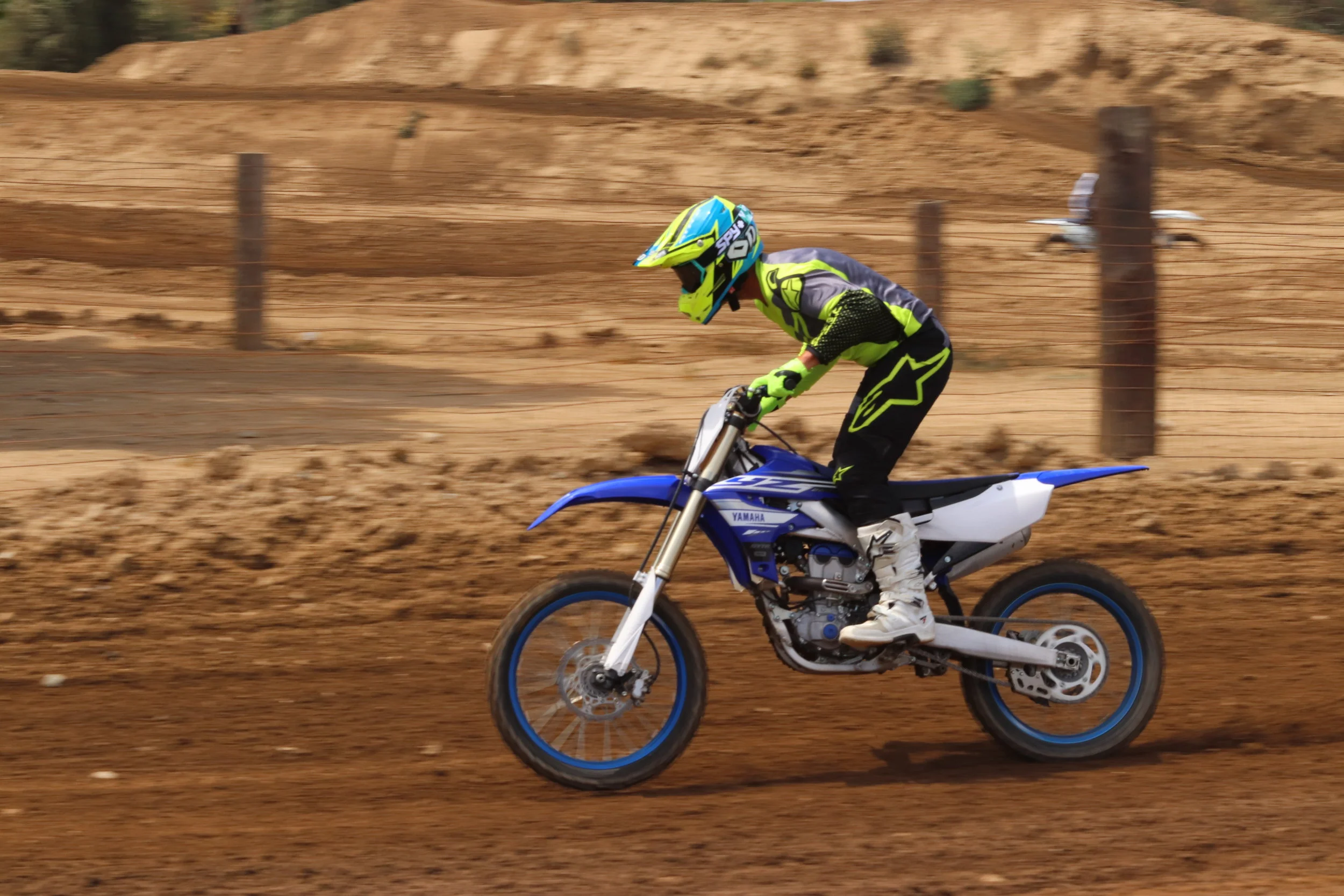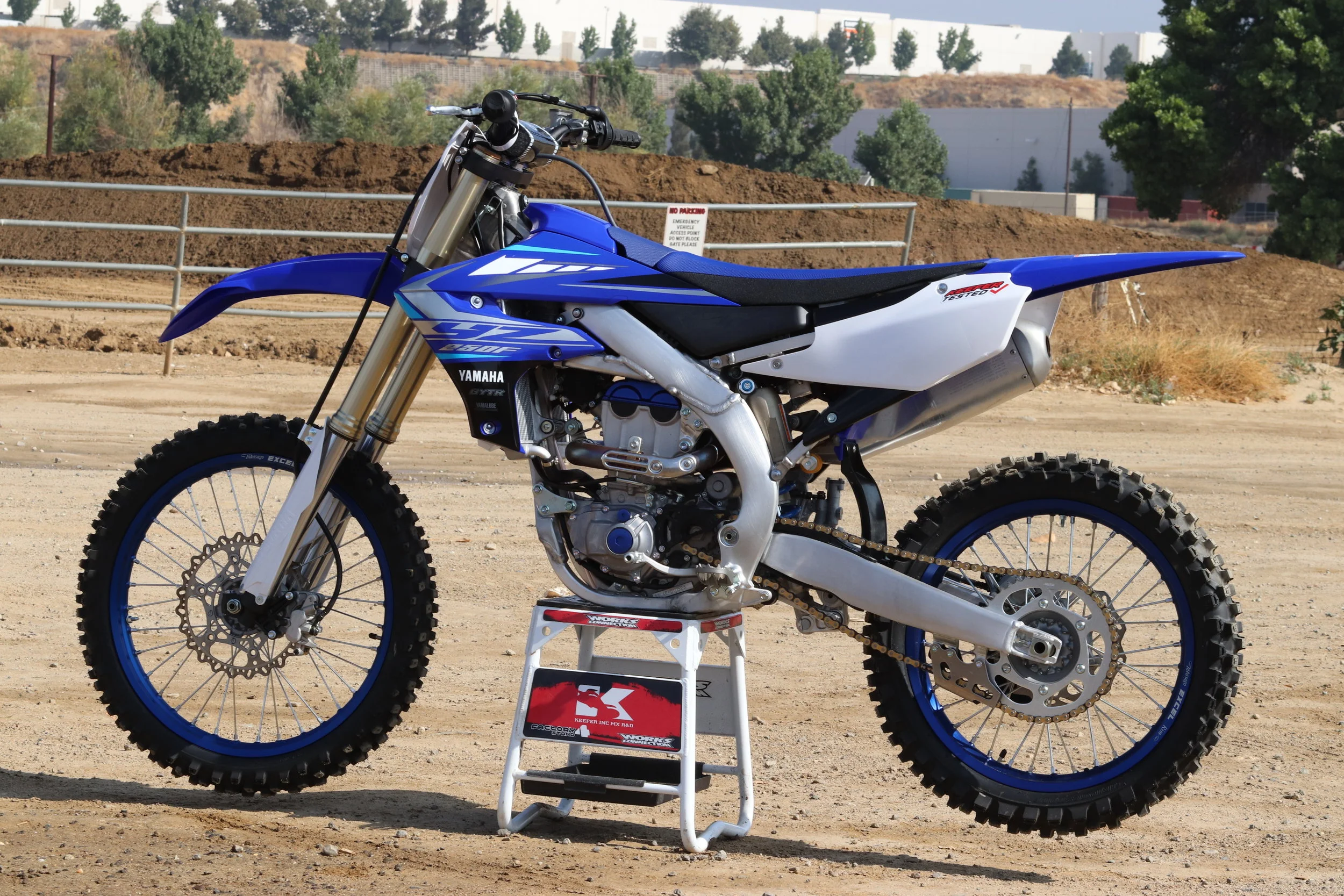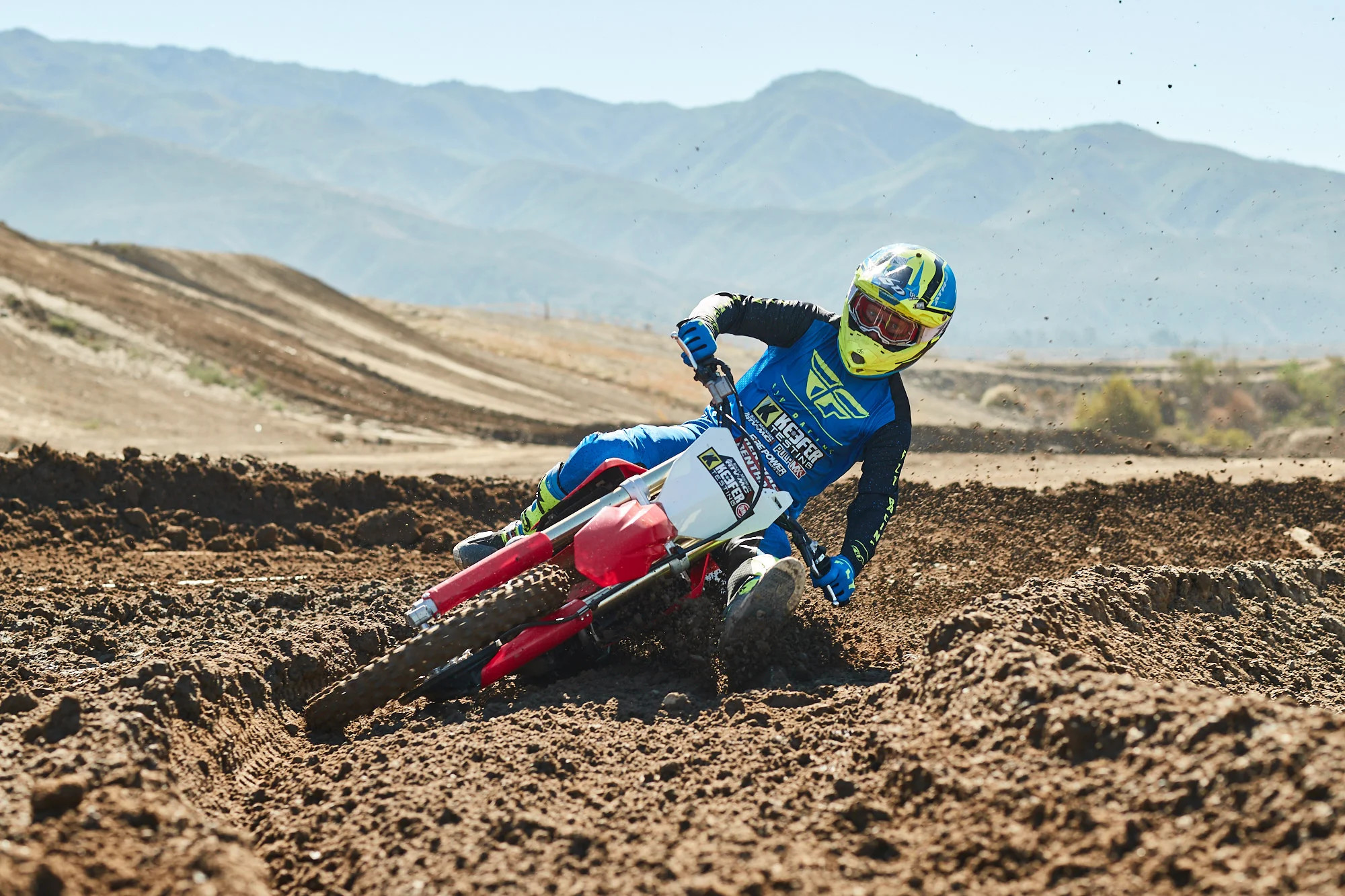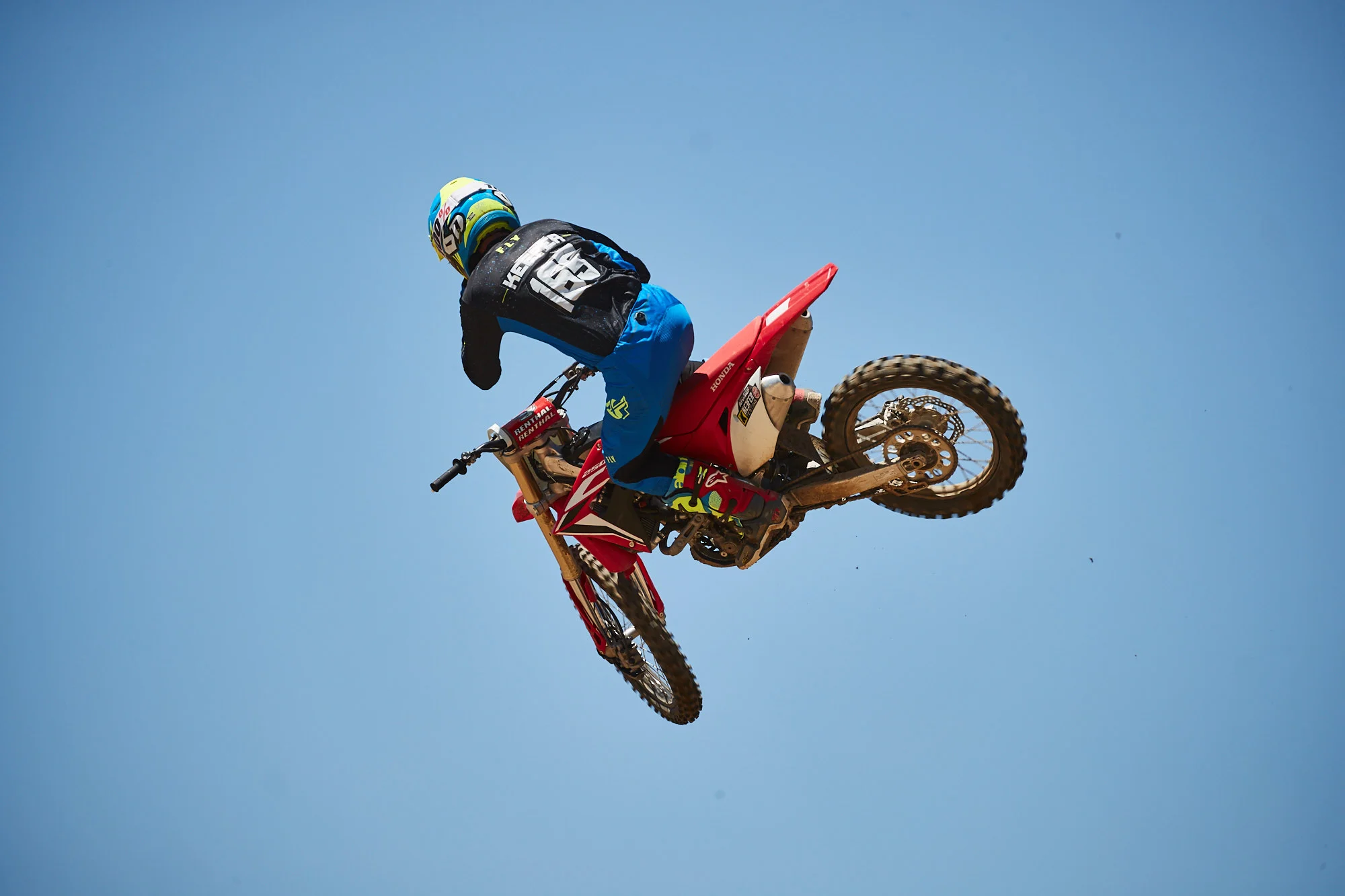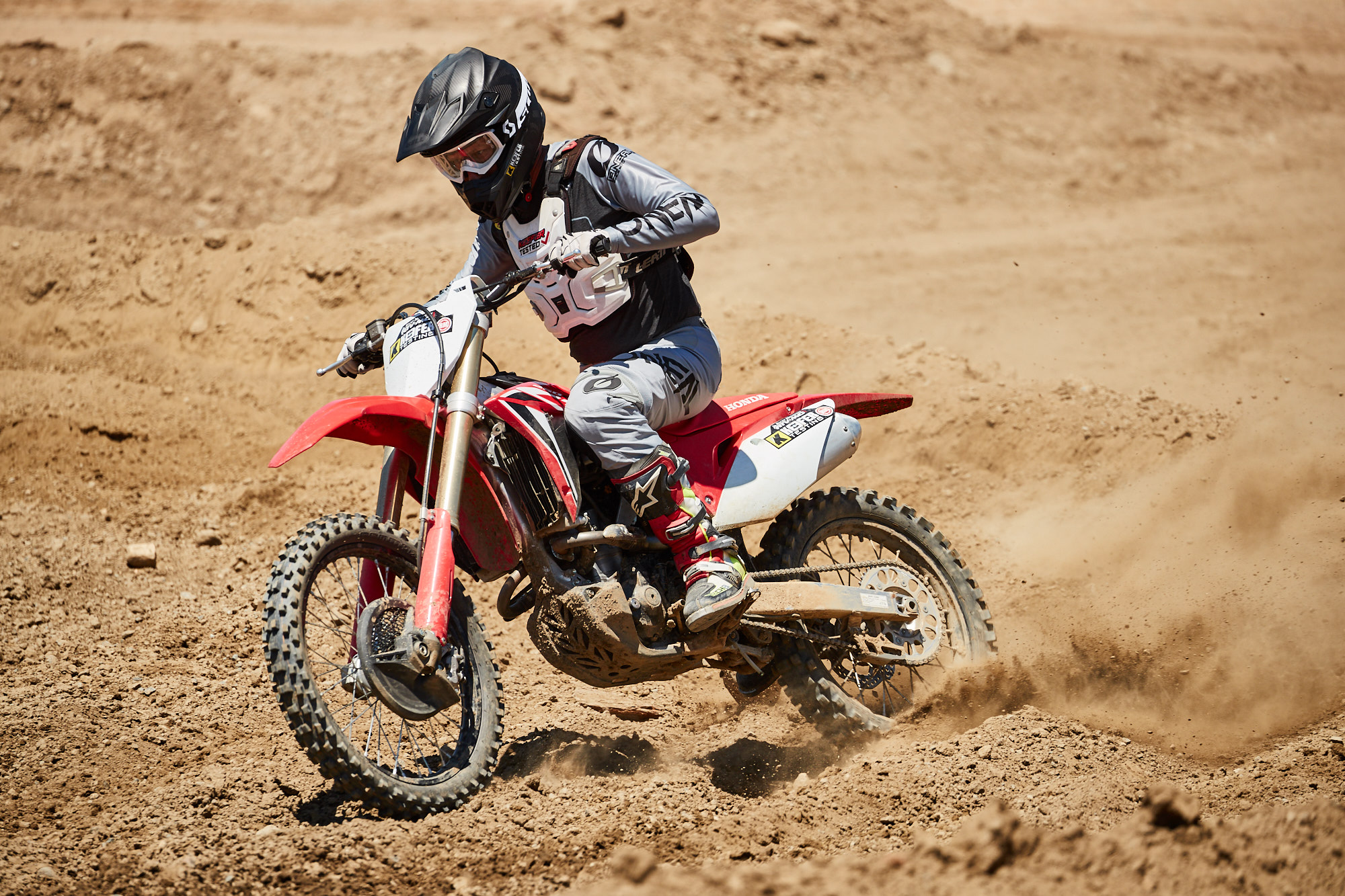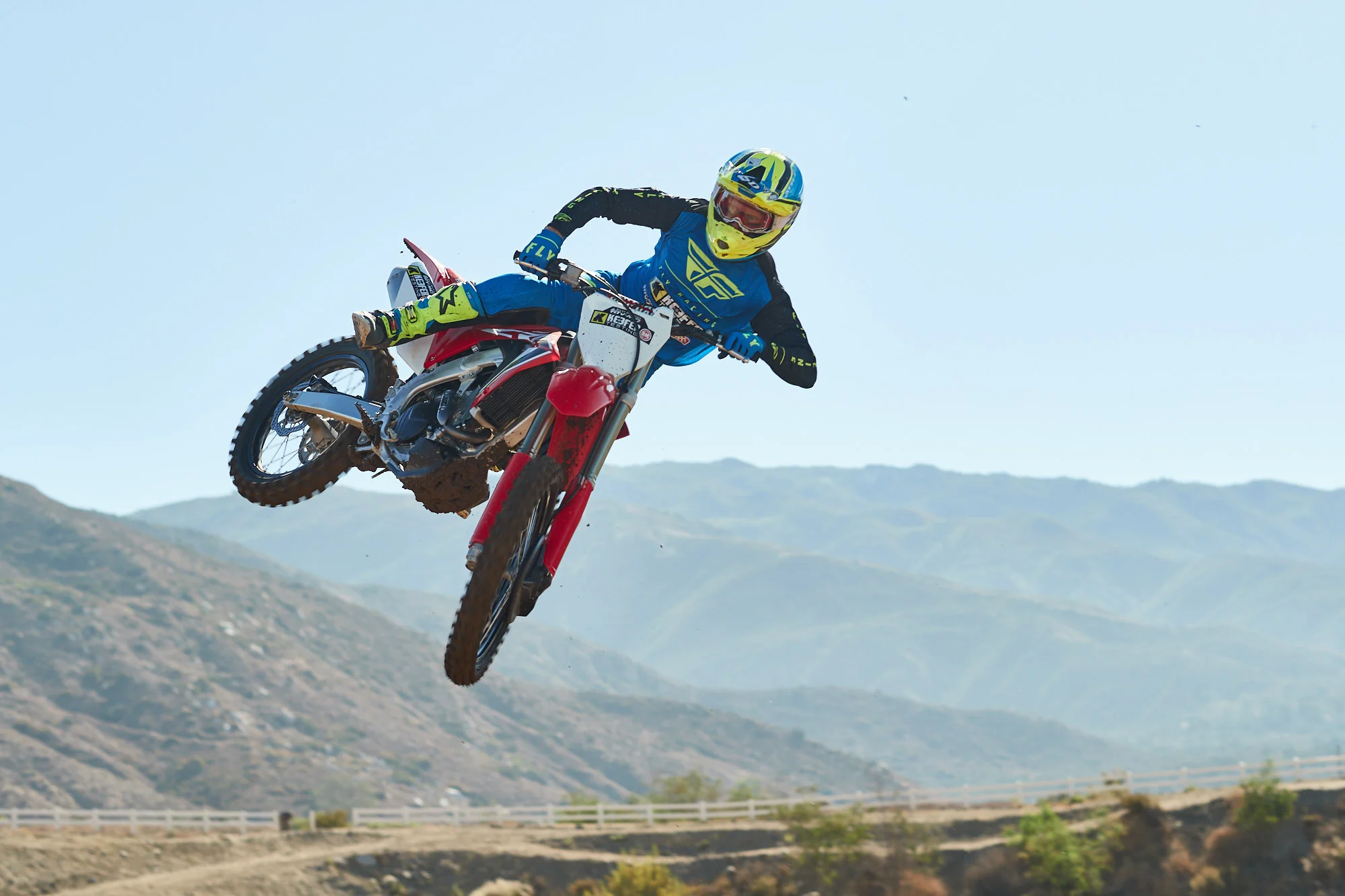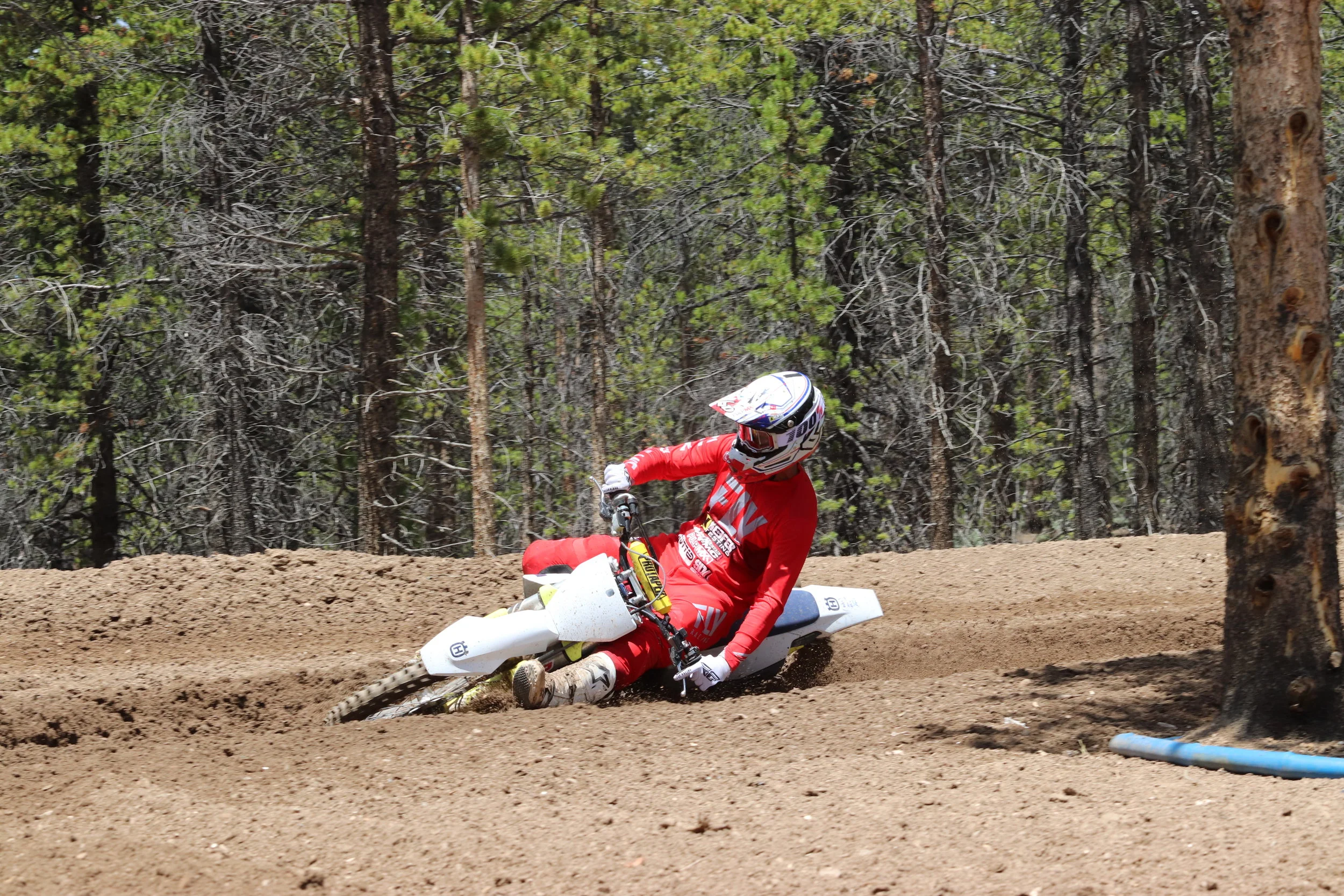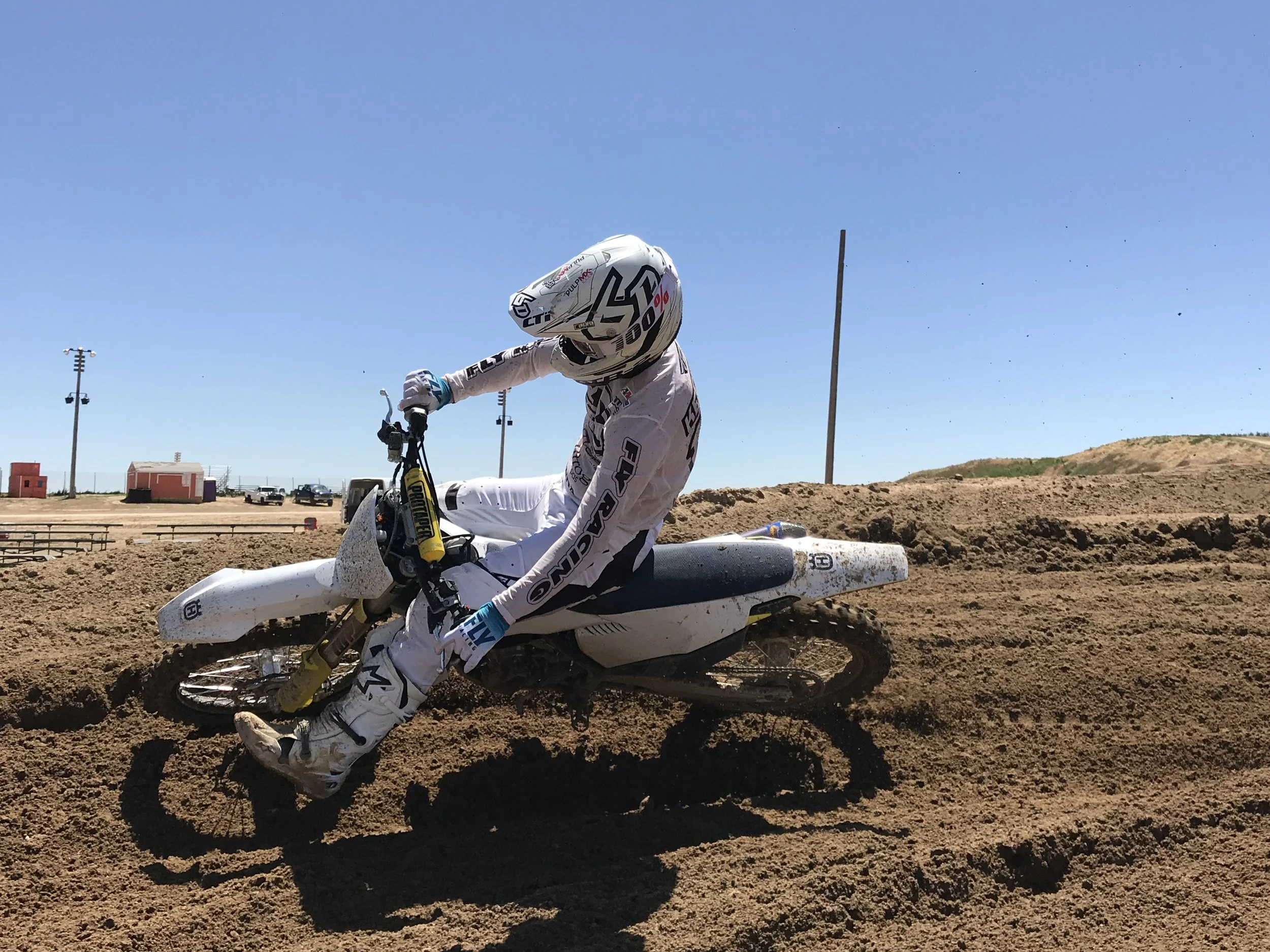The 2021 Husqvarna FC450 is a great machine that turns better than the KTM 450SX-F thanks in part to lower suspension, but also is also not as snappy as the KTM down low. The Husqvarna has a slightly more compliant feel with a more lethargic engine character. I wanted to see if I could make the handing traits better on the FC450 and give it a little more power! Here are 5 mods in no particular order that have helped me love the Husqvarna FC450 even more.
ZRT Throttle: How does it work? Simply put, there are two radial ball bearings on each end of the tube. One located inside the throttle housing and one on the end of the handlebars. This gives the throttle assembly an ultra smooth action and a claimed longer lifespan. Unlike the traditional FC plastic throttle tubes, the weight of the rider either pushing or pulling on the throttle will create some type of “friction”. The longer this goes on, the more the throttle and handle bars deteriorate and I have seen the right side of my bars look like slot car tracks in the past. Inserting two bearings within the throttle tube helps eliminate wear and friction, making your throttle assembly ultra smooth. So does it work? Yes, it does and sometimes too well! Sometimes! What I mean by “too well” is that it works so good that sometimes I get whiskey throttle when I get tired or have massive arm pump. This throttle is so smooth that it can be easy to grab a handful when sometimes you weren’t expecting to. However, once I got used to the buttery twist, my whiskey became less and less. This is by far the biggest difference I have felt from an aftermarket throttle tube. The fears I had of cutting my bars and getting a different feel quickly went away when I rode out on the track. The 1/2 inch of bar loss was made up by the ZRT and my 802mm of bar width remained the same. Oh and trust me, if it didn’t feel the same, I would have felt it. Now when I go back to other test bikes that don’t have the ZRT tube on, it feels stiffer and harder to pull. We have been running the ZRT tube on our Husqvarna FC450 machine for almost 30 hours and have done nothing to it. I like that it feels as good as when we put it on and we have done zero maintenance to it. The throttle cables on the KTM/Husqvarna kind of go to crap after 20 hours, so having the ZRT on there allows for an easier throttle pull even when your cables get worn. It is a good rule of thumb to change out your throttle cables on this bike around 25 hours or so.
Of course there is a downside and the downside is that it costs $179.95! Now to most this is outrageous right? But to some, this costly part is worth it. For example, I would want a ZRT if I owned a KTM/Husqvarna/Gas Gas. Why? I am not a lock on grip guy, so I would normally go straight to an aftermarket throttle tube and instead of purchasing a cheaper plastic tube or an aluminum throttle, I would spend the money to get the ZRT. Yes, we know this is mostly an inexpensive mod article, but to us this think pays for itself. If you plan on keeping your bike for a few years or even if you get a new bike every year (albeit the same brand) this throttle tube is worth the cost. You can order your Zero Resistance Throttle at zrtthrottle.com. Any questions email me at kris@keeferinctesting.com
I have tested several exhaust flanges over the past several months and Twisted Development’s flange is not a gimmick! It actually helps low end pull, even if you have a stock muffler system!
Twisted Development Exhaust Flange: The Twisted Development exhaust flanges are shaped differently than the stock OEM flange, which can change the engine character of the FC450. I went through several during testing and found out a size/shape that can actually enhance the low to mid range power character. Compared to the stock piece the TD Performance flange will give you better throttle response through area 2-3 (mid to exit) of corners. Another advantage to me is that the TD flange helps pulling power out of corners as well and helps third gear lugability. The TD flange just helps the RPM’s pick up quicker, which in turn makes the KTM feel lighter when the track gets bumpy. There is no need to remap your ECU and it takes minutes to install.
The TD flange works with the stock headpipe/muffler system or any aftermarket system. I tried it on a stock muffler system as well as a full FMF system and with both, the TD flange helped in aforementioned areas. For $200.00 bucks, to me, it’s a great way to get a little more snap out of your FC450.
Ride Engineering One Piece Bar Mounts: Just looking at the stock FC450 bar mounts wrong can allow them to shift/bend. I have literally have come into the pits after a moto with my bars twisted and didn’t even crash. Yes, going to an aftermarket clamp like the Rockstar Edition clamp or a Ride Engineering Split Clamp helps with comfort so that should be one of the mods you should do if you’re looking for comfort, but that is also 700 bucks. The Ride Engineering One Piece bar Mount has a one-piece top that is designed to resist bending much better than the stock bar mount. Precision machined from aircraft quality aluminum, there is also a 6mm difference between the forward and back mounting positions. Ride Engineering also machines their own stainless steel posts that prevent over tightening, unlike some other competing brands that DO NOT use quality posts. This $104.95 all aluminum bar mount is sturdy enough to take some crashes, but doesn't cause any added rigidity problems. I would know because I am super sensitive to any added rigidity in my front end. The flex I got on the track (from the Ride mount) is as good as the stock flex and Ride Engineering’s rubber cones are also as flexible as stock. Ride does offer a variation of different elastomers/rubber cone compounds for a custom desired flex, just in case you need a stiffer or softer feel. The Ride Engineering Fourth Generation One Piece Mount has been refined over the years to weigh as little as possible, yet stay strong. The final product is a little heavier than stock, but for the added strength that I am getting, it’s worth its “weight” in gold.
Air Filter Cage: OEM Part Number 50406016000. Using a two stroke filter cage without the screen will help low end RPM response and low end power delivery. For less than 20 bucks this is a great mod that actually does work!
FASST Company Rear Brake Return Spring: I seem to break return springs on KTM’s/Husqvarna's all the time. You can use a stock Honda rear brake spring or just get the FASST Co. piece that completely removes it. The pedal resistance can be adjusted by how much preload is placed on the spring. The Return Spring Kit also minimizes debris from jamming the master cylinder as well as eliminating the stock tension return spring that attaches to the pedal. The Rear Brake Pedal Return Spring Kit consists of spring, spring bucket and nut. The spring bucket contains the spring as well as seals the master cylinder with the stock rubber dust boot. Installation takes 10 minutes and the return spring kit gives you more of a positive feel, without a lot of slop, not to mention it’s way more durable than the OEM Husqvarna or KTM rear brake pedal springs. For 20 bucks it’s an easy one time investment on something you may have to purchase every few months with the stocker. You can purchase or check out what they offer over at www.fasstco.com.
Other More Notable But More Expensive Mods That Are Effective:
FMF 4.1 Full Exhaust System (Increase Mid Range and Top End)
Vortex ECU Mapped By Chad At XPR Motorsports or Jamie at Twisted Development (More pulling power as well as response through the rpm range)
Dunlop MX3S Front Tire (Better front end lean angle grip than MX33)
VP T4 Race Fuel (Better throttle response and low end delivery)
REP Re-Valve Of AER Fork (More comfort through mid stroke and more predictable mid moto)
If you have any questions about these mods, please feel free to email away at kris@keeferinctesting.com











